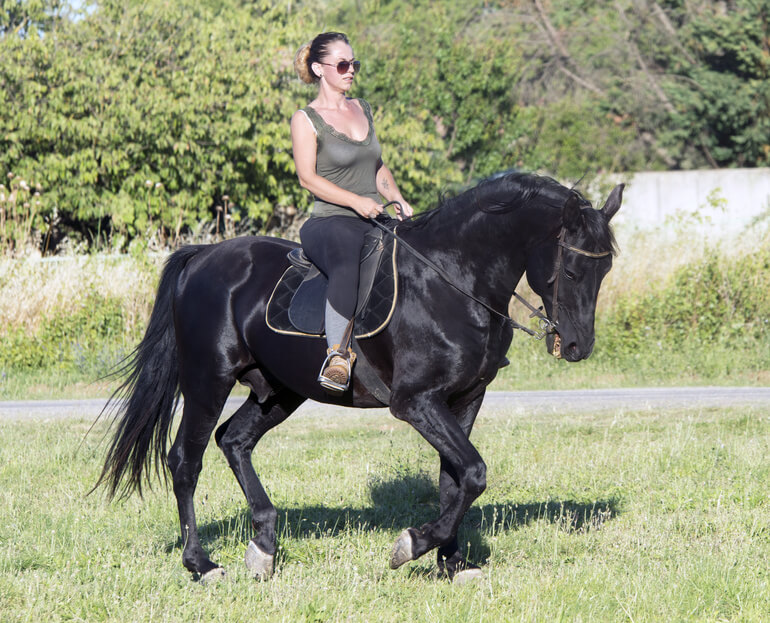Often dubbed the “sport of kings”, horse racing in one form or another has been around since ancient times, and it’s a sport that has grown in popularity throughout the ages. There is a lot of history and interesting trivia in the racing world, and in this post, we’ll take a look at some of that trivia and learn more about this great sport.
What the Term “Big Hearted Horse” Really Means
It’s a term that’s been bandied about in horse racing circles for as long as most people can remember. There are many nice horses out there, so at times the term “big-hearted” might be in reference to a horse’s personality or character, or even the fact that it’s a determined horse that never gives up.
The true definition of the term is actually more literal. Some horses physically have a bigger heart than other racehorses. This gives the big-hearted horse an advantage over its smaller hearted counterparts, as a bigger heart has the capacity to pump more blood and oxygen through the horse’s veins, which in turn feeds the muscles at a higher rate.
Phar Lap was NOT An Australian Racehorse
Without digging briefly into the history of one of the most famous and iconic racehorses that have ever graced a race track, many people believe legendary Phar Lap was an Australian horse because most of his victories took place on Australian turf.
Phar Lap was in fact born in New Zealand and was only brought to Australia at the urging of trainer Harry Telford, where the champion horse won a total of 37 races (a lot back in the 1920s and 30s), including one memorable Melbourne Cup victory.
The Melbourne Cup Has Never Had a Tie for First Place
Dead heats in horse racing circles are not totally uncommon, but to date, there has never been a dead heat for first in the Melbourne Cup, despite the fact that the great race has been run annually since way back in 1861.
That’s more than 150 years, and still no tie for first place. There have been dead heats for third place in the Cup though, on 2 occasions.
The Largest Racehorse In Horse Racing History
Over the years, across the globe, there have been many extra-large racehorses. Legendary Phar Lap was always considered bigger than an average-sized racehorse. He measured 17 hands tall. However, Phar Lap was definitely not the biggest racehorse in recorded history. That honour belongs to a horse named Holy Roller.
Holy Roller stood at a massive 18.1 hands tall and weighed in at a tick over 800kg. He was a huge horse, especially when you compare his size and weight to the modern-day racehorses.
Most thoroughbred racehorses going round the track these days only weigh about half of what Holy Roller weighed.
Forget Barrier 18 At Flemington On Melbourne Cup Day
If you believe in hoodoos, then you won’t want to be putting your money on the unfortunate horse that starts the Melbourne Cup race from barrier number 18.
In the entire history of the race, no horse, not a single one, has ever gone on to win the race when starting in barrier 18. Every other barrier has had a win except unlucky 18.
On the flipside, after so long without a win, you could say that, based on the law of probability, barrier 18 is long overdue to finally get one.
It all depends on how you look at it.
Which Brings In the Most Money – A Racehorse or a Stud Horse?
You would be forgiven if you chose the racehorse. In some cases, it’s true that a racehorse does make its owners more money that what the average stud-horse would earn for the owner of a stud ranch or farm. However, on average, a stud horse is far more lucrative in terms of income than what the average racehorse brings home in prize money.
A good quality stallion can rake in tens of millions of dollars on the breeding market. Most racehorses will never even got close to hauling in that kind of cash. Not all studs will make their owner’s tens of millions, but it’s an extremely lucrative industry if you have just the right horse.












